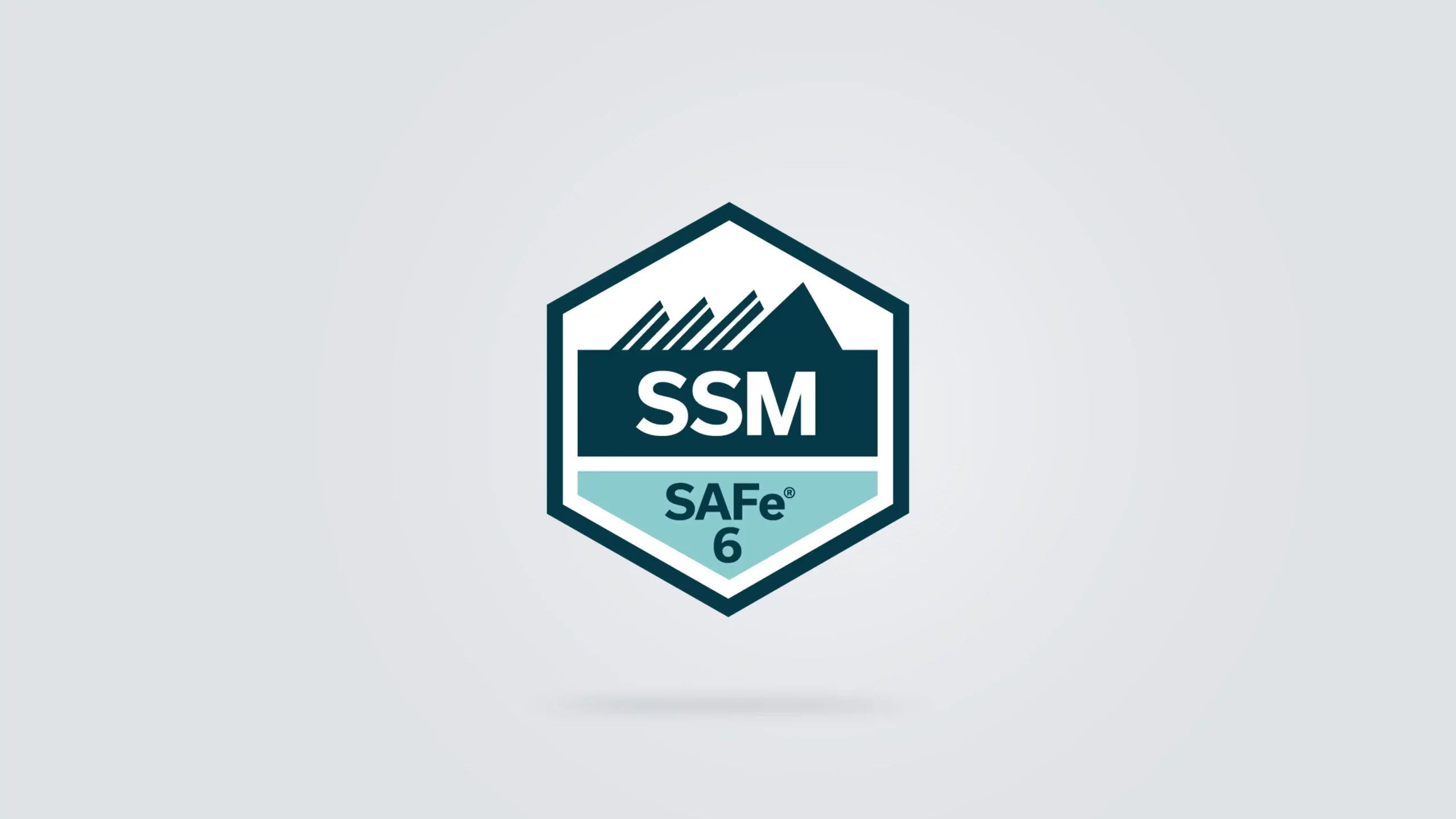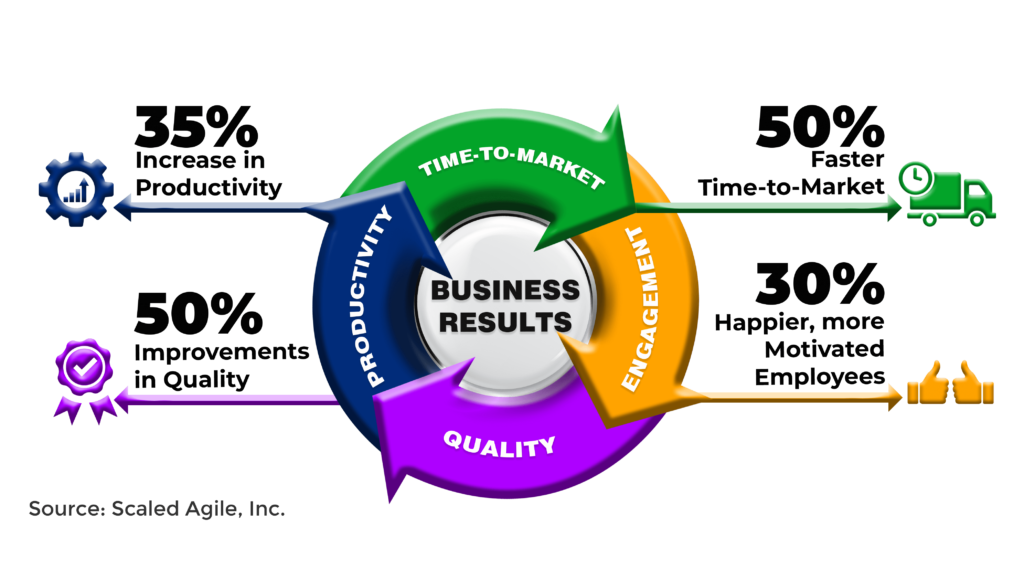SAFe Certification: Equipping Leaders in Scaled Agile Frameworks
The landscape of job monitoring is developing, and SAFe Qualification stands as a critical component for leaders looking for to execute the Scaled Agile Structure successfully. The journey to becoming an accredited SAFe leader entails more than simply acquiring knowledge; it encompasses comprehending the nuanced functions and duties within active environments.
Understanding SAFe Certification
SAFe certification, which means Scaled Agile Structure qualification, is a credentialing program designed to equip experts with the knowledge and skills needed to carry out agile methods at range within their organizations. The SAFe framework supplies an organized technique that assists organizations align their teams and handle larger jobs effectively, ensuring that nimble methodologies are used continually across different degrees.
The accreditation includes numerous duties, consisting of SAFe Agilist, SAFe Expert, and SAFe Program Professional, each concentrating on various elements of the structure. The program emphasizes the significance of lean principles, continual distribution, and partnership among teams, cultivating a setting favorable to advancement and effectiveness.

Participants undergo extensive training that combines academic expertise with functional application, enhancing their capability to lead agile improvements. The educational program includes subjects such as agile teams, program implementation, and portfolio administration, ensuring that licensed professionals are fluent in all aspects of the SAFe method.
Benefits of SAFe Qualification
Obtaining a Risk-free certification uses numerous benefits for specialists wanting to boost their professions in dexterous project management. It gears up individuals with a detailed understanding of the Scaled Agile Structure, allowing them to effectively carry out active concepts throughout large organizations. This understanding is vital as companies progressively take on agile approaches to boost efficiency and adaptability.
Additionally, SAFe accreditation boosts a prospect's bankability and career prospects. SAFe Agilist. As organizations seek certified professionals to lead their dexterous transformations, qualified people can regulate higher salaries and stand out in a competitive work market. Getting this qualification demonstrates a commitment to continual discovering and expert development, which is very related to by employers.
Networking opportunities additionally develop from SAFe accreditation, connecting people with a neighborhood of like-minded specialists and sector leaders. This can result in mentorship, knowledge, and collaboration sharing, more enhancing one's professional experience.
Lastly, licensed specialists are usually much better equipped to cultivate a culture of partnership and advancement within their teams, driving successful end results in dexterous jobs. In general, the benefits of SAFe certification are manifold, making it a beneficial financial investment for those in the agile task monitoring domain name.
The Qualification Refine

Candidates are after that urged to take part in a comprehensive training program, usually performed by a licensed SAFe instructor. These courses cover important concepts, principles, and practices of the Scaled Agile Framework, offering participants with important understandings and practical expertise.
Adhering to the training, candidates should pass an accreditation exam to show their understanding and skills in applying SAFe principles. The tests are created to examine not only understanding but additionally the capacity to carry out active techniques efficiently within a scaled setting.
As soon as accredited, individuals access to a wide range of sources, including area networks and recurring discovering chances, which even more boost their active leadership capacities. Preserving accreditation requires continual expert development, making certain that leaders stay current with developing practices within the structure. Eventually, the qualification process is an extensive yet fulfilling path for those aiming to excel in dexterous management.
Responsibilities and roles
Reliable implementation of the Scaled Agile Framework (SAFe) counts greatly on clearly defined duties and obligations within a company. These roles are crucial for guaranteeing placement, efficiency, and efficient cooperation throughout groups.
At the team level, crucial duties include the Scrum Master, Product Owner, and Agile Group Members. The Scrum Master promotes the agile process, making sure that the group complies with the SAFe principles while removing impediments. The Product Owner is in charge of making best use of the value of the product and managing the backlog to line up with service purposes. Agile Group Members contribute their specialized skills to provide high-grade increments.
At the program degree, the Release Train Engineer (RTE) plays a crucial duty in coordinating the Agile Launch Train (ART), making certain smooth program implementation and alignment across several teams (SAFe Lean Portfolio Management). Additionally, the system architect and company owner offer technological support and strategic vision, specifically
Continual Improvement in SAFe
Constant enhancement is a foundation of the Scaled Agile Structure (SAFe), driving organizations to boost their procedures, items, and total performance. By promoting a society of continuous improvement, SAFe encourages teams to regularly assess their process and results, recognize ineffectiveness, and execute approaches for enhancement. This repetitive process not just improves productivity however additionally aligns teams with the organization's strategic objectives.
Central to this strategy are the Inspect and Adapt (I&A) workshops, which supply structured opportunities SAFe DevOps certification for representation and knowing. Throughout these sessions, teams assess performance metrics, review difficulties, and create actionable understandings to guide future models. Additionally, the usage of Agile Release Trains (ARTs) promotes cross-functional collaboration, making it possible for teams to share finest practices and drive collective renovation.
Furthermore, Lean-Agile management plays an essential duty in promoting a mindset of constant renovation. Leaders are tasked with cultivating an atmosphere where trial and error is encouraged, and failings are deemed finding out possibilities. By embedding constant renovation into the organizational culture, SAFe equips groups to remain nimble and receptive to altering market needs, inevitably enhancing their capability to provide worth to consumers.
Conclusion
In conclusion, SAFe Accreditation functions as a crucial device for leaders intending to apply nimble practices efficiently within their organizations. By promoting an extensive understanding of the Scaled Agile Structure, this accreditation boosts task, technology, and cooperation end results. It opens up avenues for specialist growth and networking amongst market specialists, making sure that certified specialists remain experienced in navigating the intricacies of today's dynamic organization landscape. Eventually, SAFe Accreditation adds substantially to organizational success and strength.
The landscape of job management is progressing, and SAFe Certification stands as a pivotal component for leaders seeking to apply the Scaled Agile Framework properly.Obtaining a Secure accreditation supplies many advantages for specialists looking to improve their careers in active project monitoring - SAFe DevOps certification. The Scrum Master helps with the agile procedure, guaranteeing that the group sticks to the SAFe concepts while eliminating obstacles. By embedding continual enhancement into the business culture, SAFe equips groups to remain receptive and dexterous to altering market needs, ultimately enhancing their capacity to provide worth to consumers
In verdict, SAFe Accreditation serves as a vital tool for leaders intending to apply agile practices successfully within their companies.